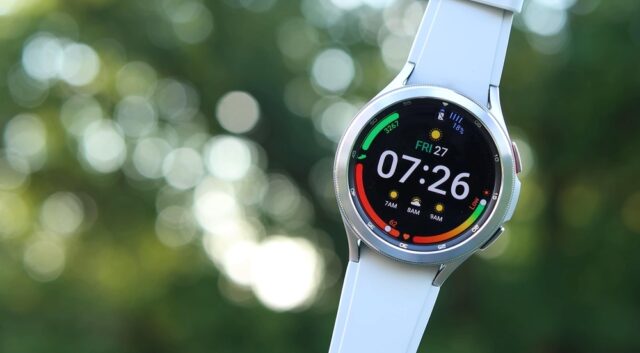
For every Netflix that adapts from DVDs by mail to streaming, there is a Blockbuster that fails to evolve. For every Google that sees a chance to dominate the online maps business, there is a MapQuest that had the brand name, yet failed to create a great mobile app in time. Every company, every brand must pivot at some point, and usually many times over its lifespan. Sometimes the pivot is short-term. Many businesses were forced to pivot during the pandemic, such as restaurants that shifted into a curbside/delivery-focused model. Many times, the pivot is absolutely necessary for survival. According to the Harvard Business Review, three conditions are required for a business pivot to work:
- A pivot must align the brand with long-term trends
- A pivot must be a lateral extension of the brand’s existing capabilities
- A pivot must offer a sustainable path to profitability, that preserves and enhances brand value in the minds of consumers
Here’s a look at two brands that made significant pivots from their initial core competencies, and one that is currently attempting to do so.
Garmin:
In October 2007, 75% of Garmin’s revenue was generated by sales of GPS devices for cars. The company did $2.5 billion in sales. The stock was at $120 per share. But four months earlier, Apple introduced the iPhone. GPS was now available for free on your mobile device. Within three years, Garmin lost 90% of its value.
By the early 2010s, wearables were in their infancy. Fitbit and Jawbone were early leaders in the category, but no brand owned the high-end fitness enthusiast market. Garmin identified a new long-term trend (not a fad), was already in the electronics device business, and saw a path to winning market share. Incredibly, Garmin sustained only three periods of negative fiscal growth and is thriving.

Garmin successfully pivoted from in-car GPS devices to high-end smartwatches (Photo credit: Shutterstock)
Twitter:
Twitter was originally called Odeo, a service for discovering podcasts. When Apple added podcasts to iTunes in 2005, Odeo’s leadership decided they couldn’t compete and asked employees for ideas. An engineer named Jack Dorsey proposed a microblogging site where users could share short updates in real-time. The completed version of Twitter debuted in 2006, and Dorsey became the company’s first CEO. Odeo saw social media and messaging as a long-term trend, it already offered an internet-based service, and rebranding ensured the opportunity to build sustainable images. It met the three conditions required for a pivot to work.
Peloton:
Peloton has made its share of mistakes, from faulty treadmills to producing too many bikes during the pandemic, demand that was almost sure to taper off. Peloton stock, which peaked at $151 per share on December 1, 2020, sits at just under $8 as I write this.
And yet, Peloton has an incredible vault of content from its roster of fitness instructors, and a core of passionate fans. Though Peloton has always generated impressive content, it focused on the hardware. It marketed the bike, and opened stores where you can demo the bike. But as Pelton learned the hard way, bikes are expensive to make, expensive to deliver, and demand is fleeting. The profit margin on content is way more appealing.
Peloton has recently put more focus on its app, making the content available to those who don’t own Pelton equipment. Can Peloton successfully pivot perceptually from a bike company to a content company? It likely better aligns with long-term trends and is within its existing capabilities. That path to profitability part…we’ll have to see.

Peloton is attempting to shift from a device-focused strategy to a content-focused strategy (Photo credit: Shutterstock)
Consider your brand’s position in the mind of the consumer. Is it thriving? Has it evolved at the appropriate pace? Or does it need to pivot for future success? And if the answer is “pivot”, does it meet the criteria?
Consider these challenges thoughtfully and strategically, ideally utilizing perceptual research to clearly understand strengths and weaknesses to craft a profitable strategy moving forward.
